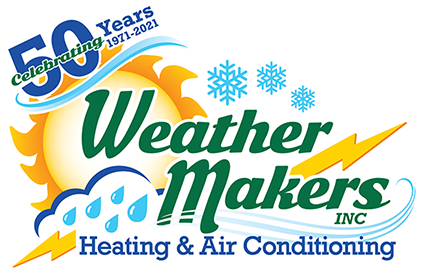 Recurring home window condensation can be vexing, especially when it forms on energy-efficient windows. However, your windows aren’t to blame for condensation, regardless of their efficiency value. Condensation in the form of water, fog or frost occurs when warmer humid air comes in contact with cooler surfaces, including glass, walls, piping, HVAC equipment and more. Moreover, condensation may be present in any season in the Chesapeake area.
Recurring home window condensation can be vexing, especially when it forms on energy-efficient windows. However, your windows aren’t to blame for condensation, regardless of their efficiency value. Condensation in the form of water, fog or frost occurs when warmer humid air comes in contact with cooler surfaces, including glass, walls, piping, HVAC equipment and more. Moreover, condensation may be present in any season in the Chesapeake area.
Besides blocking views and extra cleaning duties, wet windows often signal a much more substantial problem with high indoor humidity and the real possibility of mold growth. To remedy home window condensation and, more importantly, high indoor humidity, use this step-by-step guide to control indoor humidity and ensure your home doesn’t become a perfect place for mold and mildew.
Humidity, Mold, Health and Home
Home window condensation and high indoor humidity provide mold with water — one of three criteria t needs to thrive, in addition to warmth and food. Water from dripping windows can seep into walls and flooring materials, which provide food for mold. Suddenly, you’ve got a real problem on your hands, in addition to unhealthy indoor air quality (IAQ).
Water vapor is even more complicated to deal with, as it can penetrate plaster, paint, wallpaper, wood, cement and brick. However, water and high humidity must be mitigated or you and your home may suffer the consequences of mold proliferation:
- Health – Mold can cause uncomfortable symptoms, such as fatigue and foul odors. Mold may also cause sickness, infections and respiratory issues.
- Home – Mold and moisture can destroy home building materials, turning into an expensive problem to mitigate, essentially when it requires the removal of contaminated materials.
- Property – Clothing, photographs, carpeting, furnishings and more are all susceptible to mold contamination.
Inspect Your Home for Mold
It’s important to assess your home for moisture and mold damage to know how best to proceed. Indoor humidity could be isolated to specific rooms and areas, or it could be more widespread.
- Attic – Look for mold, which can appear as tiny black dots, on insulation. Inspect all roofing timber and joists as well.
- Basement – Inspect basement walls and floors for mold. If your basement smells musty, mold is likely hiding somewhere.
- Carpeting – Pull up a portion of carpeting and padding in areas where home window condensation is common.
- Closets – Inspect all clothing and stored items in closets for mold.
- HVAC equipment – Inspect the evaporator coil, fins and drip pan for mold. Look inside return and supply ducts for mold, too.
- Living spaces – Signs of mold on walls and ceilings are peeling, bubbling and discolored paint and wallpaper.
- Outside – Inspect the exterior shell of your home for mold and water damage.
Managing Humidity and IAQ
Keep records of indoor humidity in different areas of your home. You may purchase a hygrometer for this purpose at your local hardware store. Ideal indoor humidity is considered to be 30 to 50 percent, which is your target area. Following are steps you may take to manage high indoor humidity to help prevent home window condensation and mold:
- Sealing and insulating – Caulk and weatherstripping are practical tools for sealing windows, entry doors and the attic door.
- Ventilation – Once your home is sealed, you may need mechanical ventilation to supply your home with fresh air on a daily basis. Balanced ventilation systems provide equal supply air to exhaust air and help prevent air infiltration through the envelope.
- Dehumidification – Dehumidifiers are available in whole-house systems for larger homes or console units for smaller homes or limited spaces. Dehumidification is important in our region, however, it’s one step in your overall IAQ strategy and should not be the only measure you take to improve air quality in your home.
- Water usage – All activities in the home involving water introduce moisture and humidity to the living spaces. Wash only full loads of clothes and dishes, install aerators and low-flow fixtures, and insulate all piping to inhibit condensation.
Home Performance Evaluation
If you suspect that high indoor humidity and mold are problems in your Chesapeake area home, you could benefit from a professional IAQ and home performance evaluation. You’ll gain the information you need to mitigate air quality issues to ensure sure your home is safe, efficient and comfortable season after season.
Home window condensation could be a more troubling sign of high indoor humidity and poor indoor air quality in your Chesapeake area home. Check out Weather Makers indoor air quality solutions for more information, or call us at 757-263-4869 to schedule an appointment.
